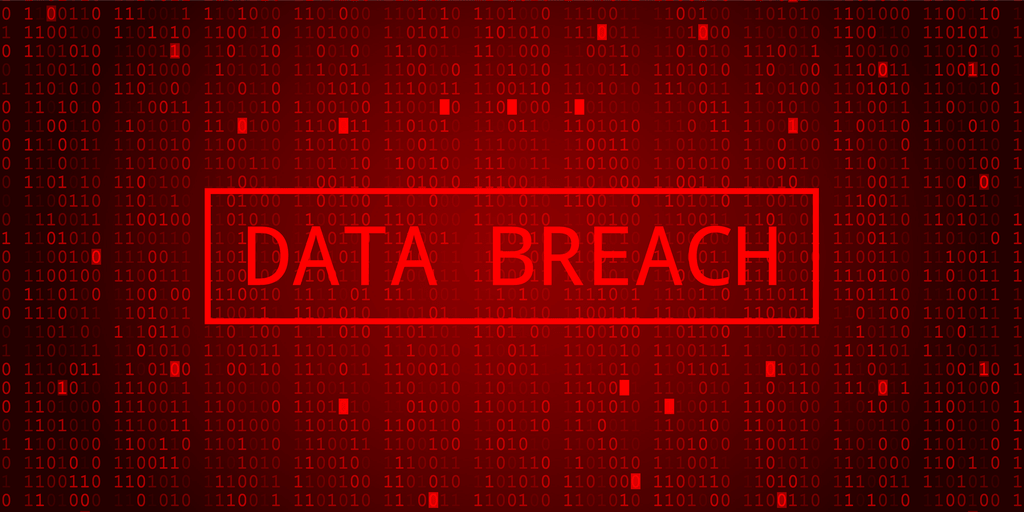There are several types of data or information that can be leaked during a data breach. This include:
- The Personally Identifiable Information (PII) such as name, username, password, social security number, address, and so forth.
- Financial data such as financial statements, invoices, tax forms, bank details, debit or credit card numbers.
- The Personal Health Information (PHI), which is created by a health care provider and is related to an individual’s past, present, or future mental or physical health, as defined by the HIPAA standard.
- Intellectual Property such as contracts, customer lists, blueprints, trade secrets, and patents.
- State secrets such as information related to national security or military secrets.
- Or any other data or information that is valuable and can pose financial and reputational damage.
How Can Data Breach Be Prevented?
Though hackers are fast and sophisticated in their operations, nevertheless, some best practices and efficient security tools can help organizations and individuals contain this problem. Here is some help.
- SIEM - The Security Information and Event Management (SIEM) is the first line of defense against data breaches. Even compliant regulations require this essential tool to be implemented. SIEM effectively detect security events and raise alerts to notify the security teams. Moreover, SIEM integration allows security professionals to integrate other tools such as threat intelligence feeds, IDS or IPS.
- SOAR – Security Orchestration, Automation, and Response (SOAR) is also an effective tool that assists enterprises to prevent data breaches and counter cyber-attacks. Like SIEM, SOAR also integrates incredibly will with the diverse security tools to provide multiplayer security. More importantly, its automation feature is extremely important to address the cybersecurity skills gap.
- Patch Management – Patching is also a critical factor that cannot be disregard. All systems and applications should be patched and updated. The process should be repeated in a timely fashion.
- Segmentation – This is also a good practice in which the compromised area of the network can be segmented or limited in order to avoid further escalation.
- Principle of Least Privilege (PLP) – The PLP provides only the level of access or privilege to the user (s) that is necessary to perform a specific task.
- Encryption – Encrypt critical data whether it is stored on a hard drive or on a cloud.
- Multi-Factor Authentication – Use multi-factor authentication to contain the loss of login credentials.
- Backup – Use backup of all critical data so that such data can be recovered in the event of the data breach.
- Education and Awareness – Launch an education and security awareness program regularly to educate your corporate employees with regard to data breaches.
Conclusion
After a thorough analysis, it has been realized that data breach is a worldwide cybersecurity issue and is unstoppable. The companies have suffered a loss of billions of dollars due to ever-growing data breaches. The main causes of data breaches are poor cybersecurity defense, untrained employees, and negligent or disgruntled employees. Though today’s data breaches are very sophisticated and fast, organizations can take proactive measures to avoid these menaces. Security awareness and training should be given to employees, disgruntled employees should be addressed, and more importantly, effective security tools such as SIEM and SOAR should be deployed.
Do you want to get rid of cyber threats and attacks? If yes, then a Logsign can provide you a next-gen SIEM and Security Orchestration, Automation and Response (SOAR) platforms for enterprises worldwide.

